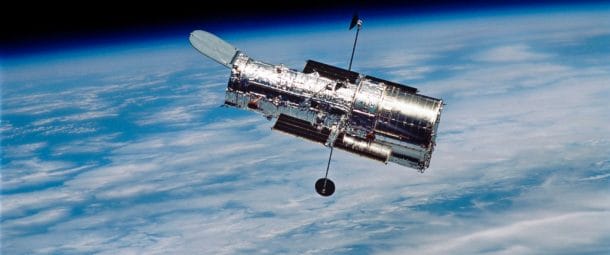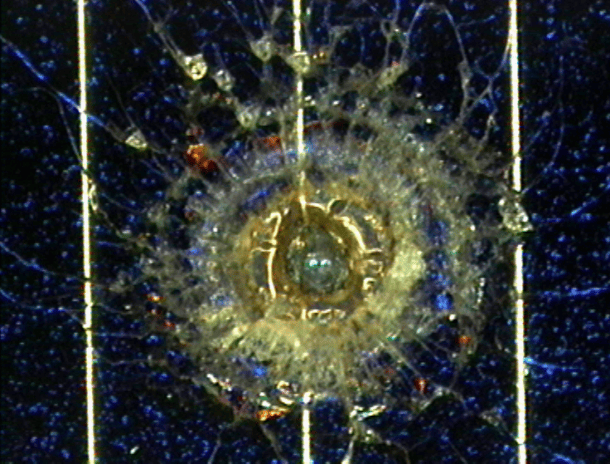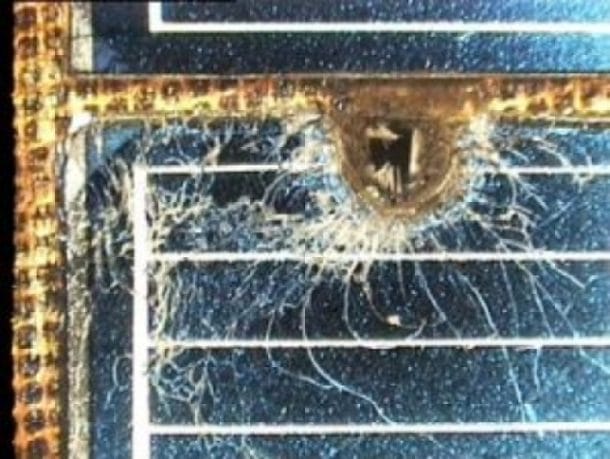While traveling in space, it is almost impossible for a satellite not to collide with any of the space debris. If that is so, how does the Hubble Space Telescope (HST) survive these collisions?
The Hubble Telescope was not designed to avoid collisions nor does it hold significant shields against micrometeoroids and orbital debris. When the risk of strikes by space debris increased, the HST team developed a procedure called ‘Singularity Avoidance Maneuver.’ The North American Aerospace Defence Command (NORAD) tracks all the orbiting objects and warns when there is a potential risk of being hit. When a warning comes, the spacecraft performs the singularity avoidance maneuver, where it rotates to present the smallest face to the incoming object to minimize the impact. The HST, however, can only change its orientation, not its orbit.

The procedure uses a combination of real-time commanding and flight software macros to configure the telescope in the case of a possible conjunction. Some risk is involved in this kind of maneuver. The risk is weighed against the danger involved in the collision. To date, the HST has not performed this procedure, according to a report by National Research Council.

Source: ESA Space Environments and Effects
The Hubble telescope has survived hundreds of meteor collisions to date. The photographic evidence of these collisions is collected on space shuttle servicing missions. The scars by the meteoroid collisions are only a millimeter or more in size.

Most of the impacts with Hubble are caused by meteoroids and not the orbital debris, and they have in no way degraded the performance of the telescope. No loss of data or reduction in vehicle efficiency has occurred due to these collisions.
We would appreciate your feedback in the comments’ section below!


